In an interview with Dan Tri newspaper ahead of VRDF 2025 , Mr. Radjou analyzed the current state of the R&D ecosystem in Vietnam, and suggested practical directions for developing countries, notably the "jugaad innovation" mindset that he has pursued for over a decade.
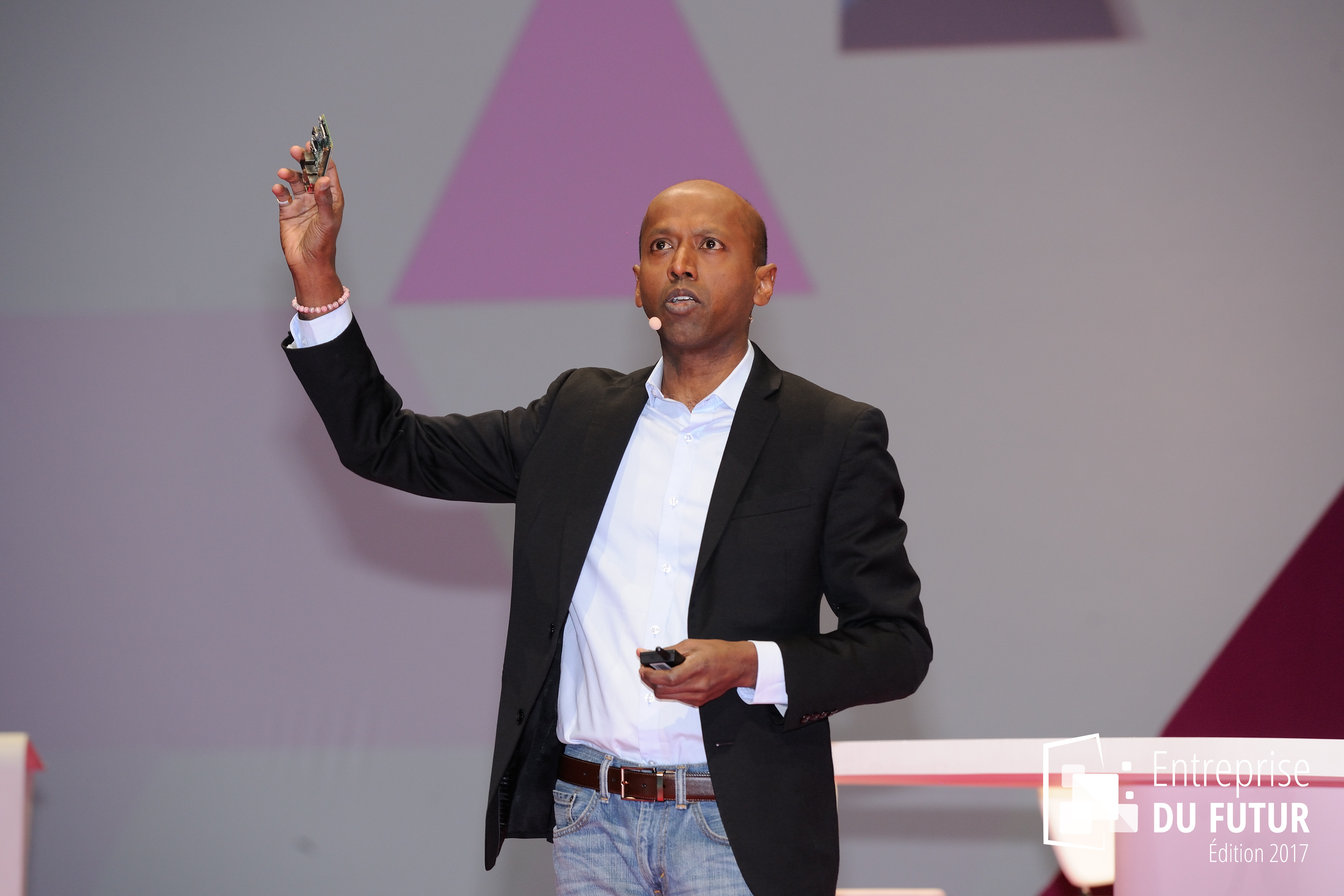
Mr. Navi Radjou - an innovative thinker from Silicon Valley - will share at VRDF 2025 about the role of R&D in sustainable development (Photo: NVCC).
Vietnam's R&D landscape
How do you evaluate the current R&D landscape in Vietnam?
- In 2021, Vietnam spent about 0.42% of GDP on R&D, which is a relatively modest figure compared to neighboring countries such as Singapore (about 1%), Thailand (about 1.2%) and far behind developed countries such as the US, Japan (about 3.4%), South Korea (5%) or Israel (6.3%).
However, the ratio of R&D investment to GDP reflects only one aspect of a country's innovation performance. Equally important is how to innovate? Who will do R&D? Why is R&D needed? These are the fundamental factors that create success in innovation.
As for how to innovate? I can give two different examples. In Silicon Valley, startups often invest heavily in expensive R&D tools and processes to create new inventions, an approach based on the principle of "if you want more, you have to spend more".
In contrast, in India, entrepreneurs and universities are pursuing frugal innovation, finding breakthrough solutions with very limited resources. The philosophy is “do more with less.”
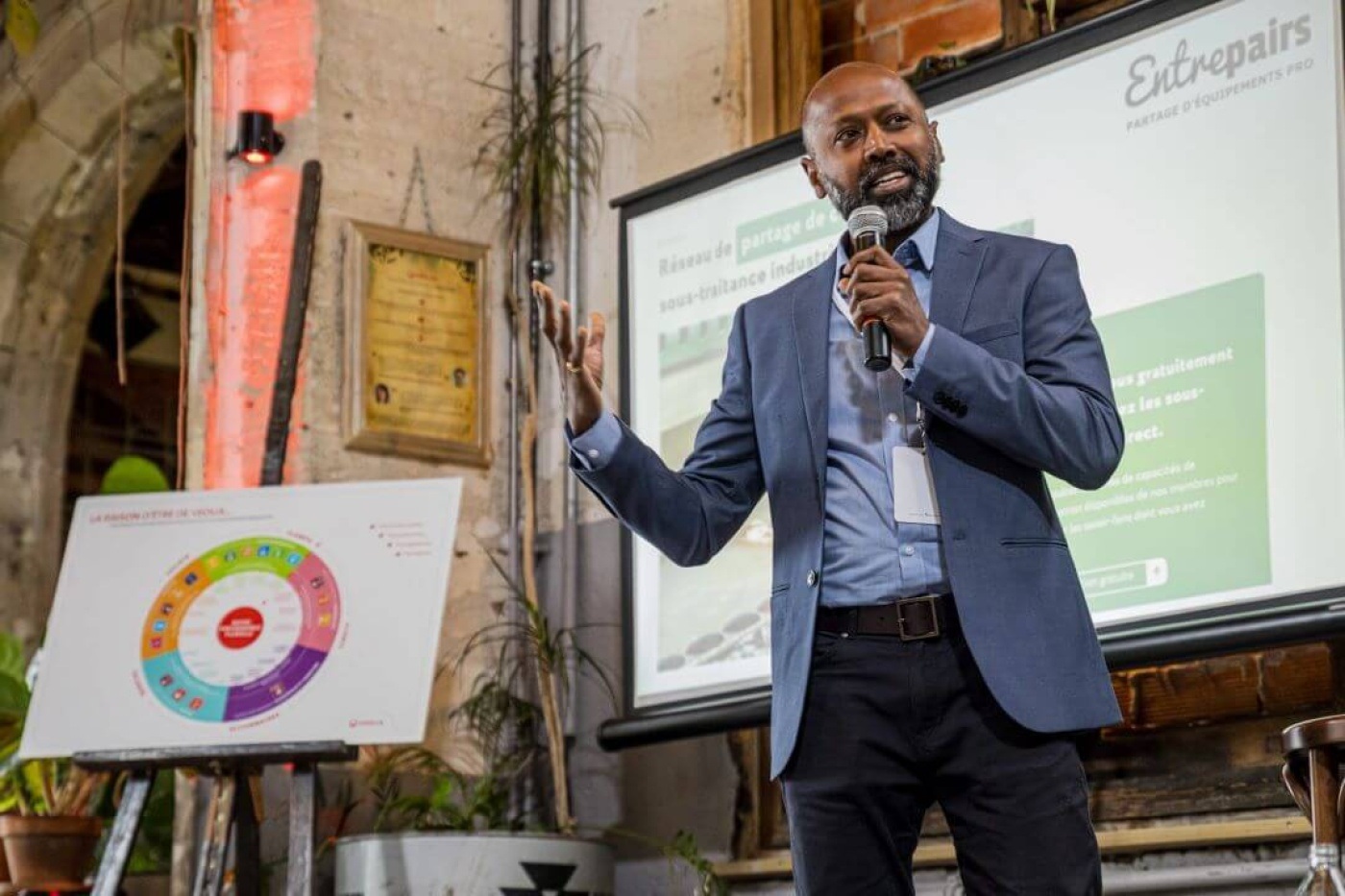
The author of the concept of “Jugaad Innovation”, Navi Radjou, emphasized that R&D must serve 100% of the population, not just the 10% of the rich (Photo: NVCC).
In 2015, the Indian Space Research Organization (ISRO) put a probe into orbit around Mars for just $74 million, while NASA needed $671 million for a similar mission. How did India do it for one-tenth of the cost? NASA has an annual budget of $25 billion, while ISRO’s entire annual budget is only about $1.5 billion—about three weeks of NASA’s spending. When budgets are tight and ambitions are big, the boundaries of feasibility are no longer numbers.
Vietnamese businesses can learn from this model to innovate economically, creating better products with lower R&D costs.
One key aspect that cannot be overlooked is: who will take on the role of implementing R&D? Vietnam aims for the private sector to contribute 60% of total R&D investment by 2030 and hopes to exceed 70% by 2035 (currently in Japan and the US, the private sector accounts for 77% and 75% of national R&D spending, respectively).
The private sector is ideally suited to turn ideas from the lab into useful products, as businesses often execute the “idea-to-market” process more quickly, efficiently, and economically than the public sector.
I find it encouraging that some major brands in Vietnam are investing seriously in domestic R&D to create a competitive advantage. For example, Sunhouse has built its own R&D team to design microcontroller chips for its home appliances. Viettel Group also owns a large-scale R&D unit, developing advanced technologies such as flying mobile networks - that is, mobile network systems integrated on drones.
Finally, why do we need R&D? I left Silicon Valley after 13 years of living and working there because I saw startups pouring billions of dollars into meaningless products. One example is Juicero, a startup that raised $120 million to create a $700 “wi-fi connected” juicer that you could squeeze with your hands and get the same juice.
As Sam Pitroda, who led India’s telecom revolution, put it: “The best R&D minds in the world are busy solving problems for rich people who don’t have any problems.” Vietnam or India cannot go that way. R&D in emerging economies must create real value for 100% of the population, not just the rich 10%.
If Vietnam wants to increase R&D investment to 2% of GDP by 2030, it is important to ensure that any future innovation brings clear social benefits and is environmentally sustainable.
University-Industry Connection: The Key to a Sustainable R&D Ecosystem
At the VRDF 2025 forum, you shared about "Strategic thinking - Global and national perspectives on R&D". In your opinion, what factors should Vietnam prioritize to build a dynamic, integrated and sustainable R&D ecosystem in the coming period?
- The number one priority is to closely connect academia and the business sector. A practical way is to encourage businesses to locate R&D centers near university laboratories, or even on campus.
For example, the French construction materials group Saint-Gobain has set up an R&D center at IIT Madras, which is considered the “MIT of India.” Thanks to this, the company’s scientists can interact regularly with faculty and students to quickly move from basic research to commercial applications.
One of the outstanding results of the model is the solution to upgrade single-glazed facades to double or triple-glazed in just one weekend, at a cost only 1/3 of the traditional method.
The second priority is to distribute R&D activities across provinces and cities, not just in large urban areas. In India, in the 2000s, multinational corporations such as GE, Cisco or Airbus mainly located R&D centers in large cities such as Bangalore and Chennai. But now, many tier 2 and tier 3 cities are also strongly attracting R&D investment.
The third priority is to connect Vietnam with global R&D centers to form a transnational innovation network. This will not only help Vietnamese engineers and scientists participate in international projects but also learn from foreign experiences and advanced processes.
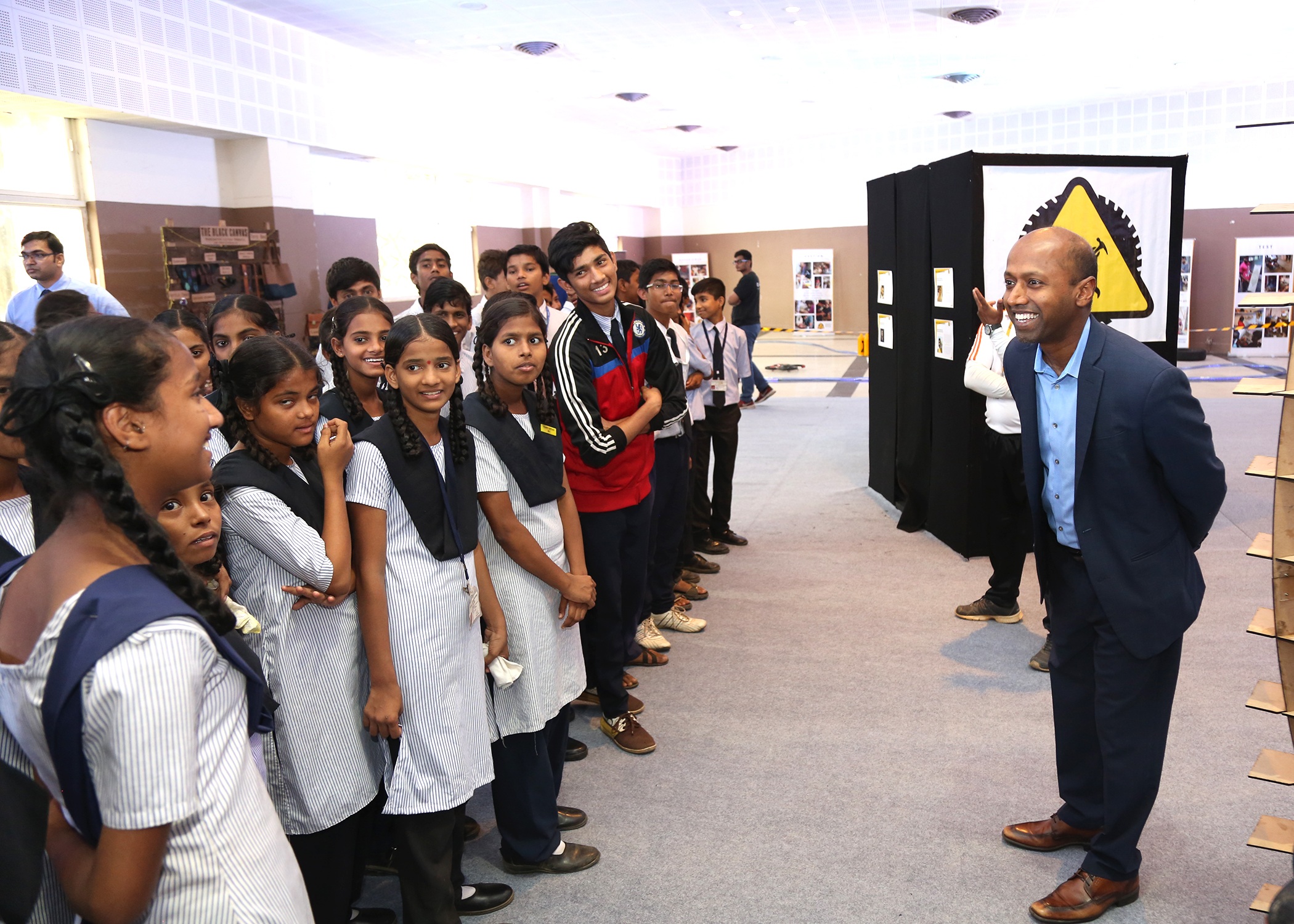
According to Mr. Navi Radjou, Vietnam can take advantage of “frugal innovation” to break through in the context of financial and technological limitations (Photo: NVCC).
In your opinion, what role does R&D play in a country's economic growth and global competitiveness?
- Increasing investment in R&D does not automatically lead to GDP growth or competitiveness. Think of R&D as a hammer. For the hammer to be effective, it must first know exactly which nail to hit. The key is for Vietnam to clearly identify urgent socio-economic needs and specific challenges for each sector: for example, increasing agricultural productivity, transitioning to green industry, improving the quality of education, or moving towards preventive medicine.
Once the right “nails” are identified, new R&D projects can be prioritized and funded to solve socially significant problems, thereby opening up new economic opportunities and creating new markets.
Vietnam is now a competitive manufacturing hub thanks to its low costs. Now the country can attract international corporations to not only manufacture but also set up R&D centers right next to their factories, so that the design, testing and production processes can be faster, more efficient, and at lower costs, and then exported to the world.
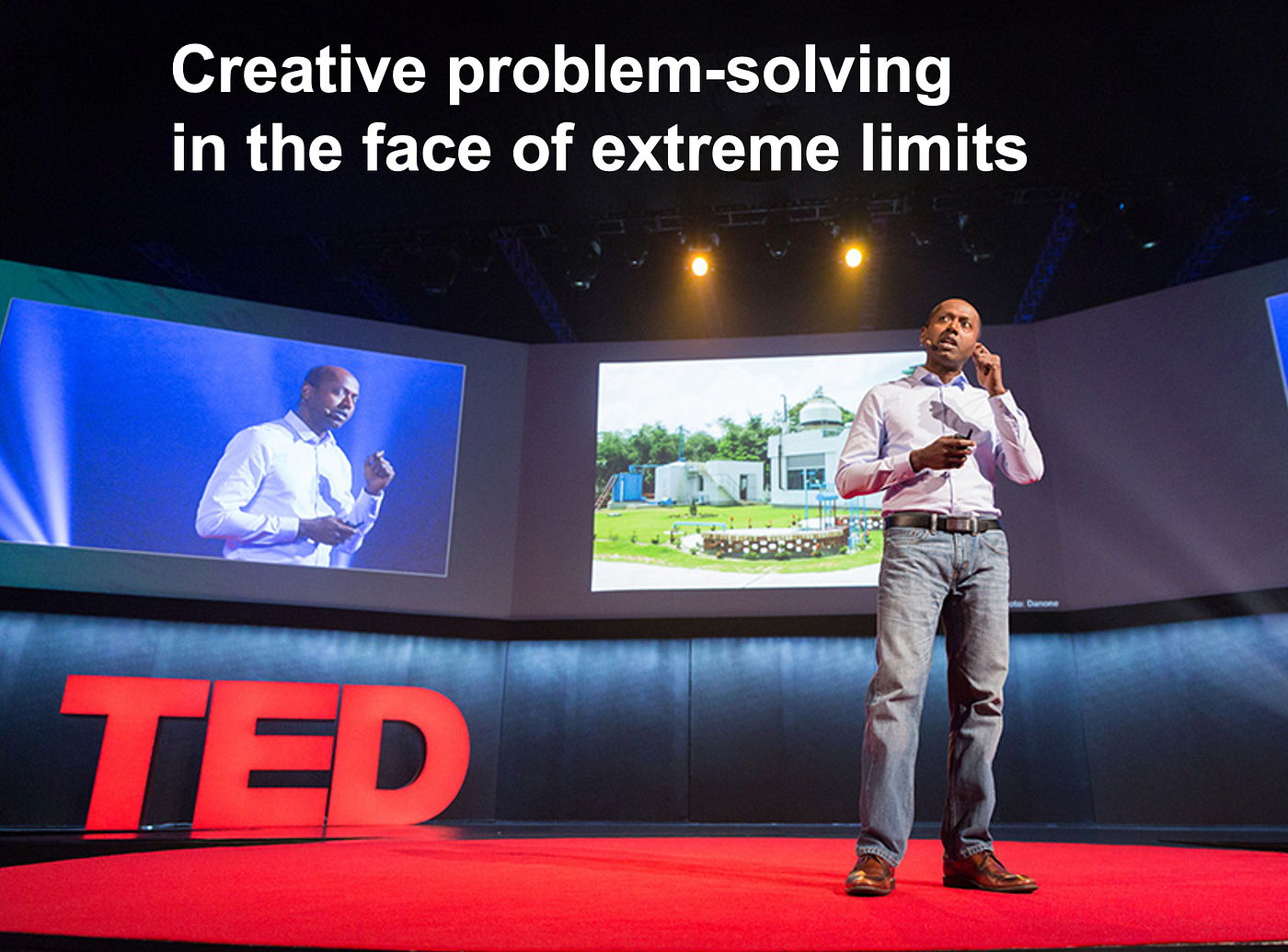
Expert Navi Radjou calls for promoting links between businesses and universities to form a dynamic and sustainable R&D ecosystem in Vietnam (Photo: NVCC).
Right Investment - Smart Cooperation: Vietnam Can Breakthrough with Limited Resources
Your concept of “Jugaad Innovation” – frugal innovation from limited resources – is widely recognized. Do you think this approach is suitable for Vietnam?
- The Hindi word “Jugaad” means creativity, flexibility, and making the most of limited resources to solve problems effectively. Vietnamese people are inherently resilient, resourceful, and creative. The important thing is how to promote the spirit of “creative thrift” on a national scale.
Instead of always inventing new things, Vietnam can reuse or improve existing technology and data to create more value. The healthcare sector is a typical example. Indian startup Algosurg has used artificial intelligence (AI) to turn 2D X-ray images into 3D models. Thanks to that, hospitals with limited funds do not need to invest in expensive MRI or CT scan machines to still be able to make accurate diagnoses.

Vietnam R&D Forum 2025 aims to increase the investment rate for R&D to 2% of GDP by 2030. In your opinion, to achieve that goal, how should Vietnam change its policies, infrastructure, and cooperation models?
- In my new book Frugal Economy , I discuss how businesses can co-create economic and social value by sharing and leveraging resources, including R&D. Instead of each business investing in R&D individually, they can form alliances and non-profit organizations to pool capital to jointly invest in strategic R&D projects that benefit the entire industry.
For example, in the US, the non-profit organization Civica Rx has mobilized the collective purchasing power of 1,500 hospitals to invest in R&D to develop generic drugs and vaccines at costs up to 90% cheaper than branded drugs, helping to reduce costs for both patients and the health system.
Or Renaissance Textile, a joint venture between three medium-sized garment companies in France, investing in R&D to develop technology to recycle old clothes according to the circular economy model.
Vietnam can learn from such cooperation models to expand R&D investment without depending on the state budget or individual capital from each enterprise.
An effective R&D ecosystem does not necessarily start from financial surplus, but from strategic choices: investing in the right places, solving the right problems, and collaborating in the right ways. Vietnam has all the foundations to make a breakthrough if it knows how to take advantage of “frugal innovation” - which has made many emerging economies in the world successful.
Navi Radjou is a leading thinker on innovation and leadership from Silicon Valley. He is widely known for popularizing the concepts of Jugaad and frugal innovation. He is a recipient of the Thinkers50 Innovation Award, a research fellow at the University of Cambridge, and a member of the World Economic Forum’s Global Future Council.
Mr. Navi Radjou is one of the three leading experts in the world who will attend the Vietnam Research and Development Forum 2025.
The Vietnam R&D Forum 2025 (VRDF 2025) with the theme "Advancing Vietnam's future through strategic R&D investment" organized by AVSE Global in coordination with the People's Committee of Ninh Binh province will take place on July 30 and 31.
The event is expected to become a platform to promote the transition to a knowledge-based economy, while enhancing innovation capacity in Vietnam, contributing to sustainable development and enhancing national status.
Source: https://dantri.com.vn/kinh-doanh/chuyen-gia-navi-radjou-rd-phai-phuc-vu-100-dan-so-khong-chi-10-nguoi-giau-20250727155143183.htm








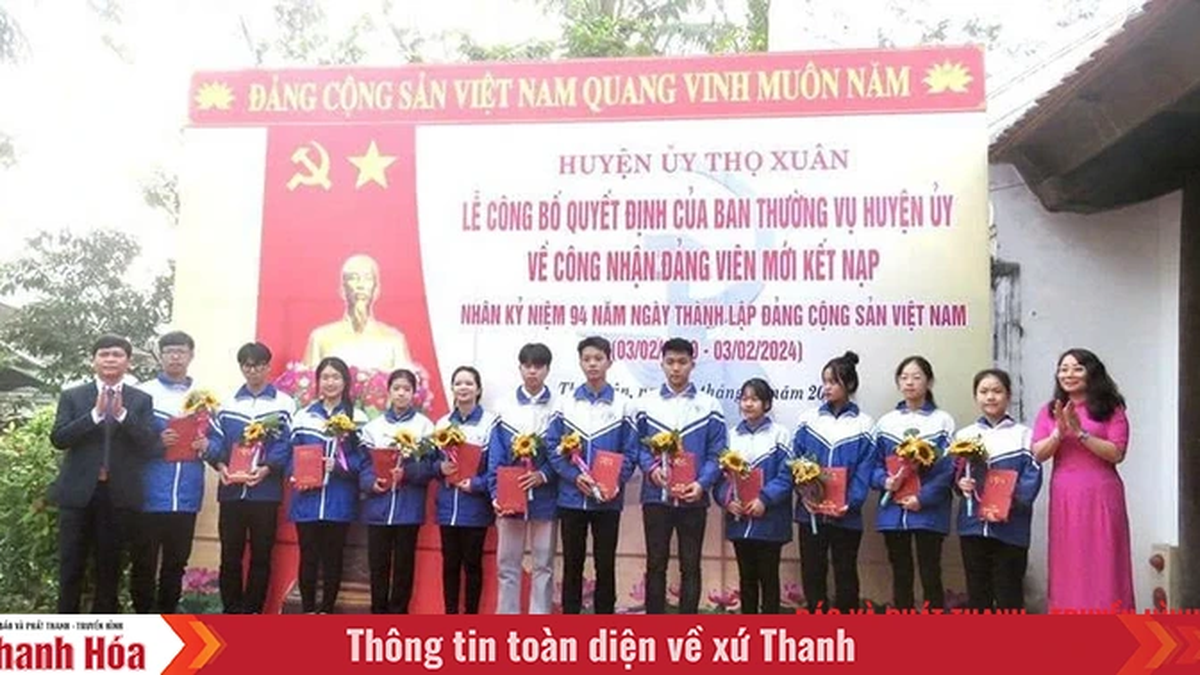
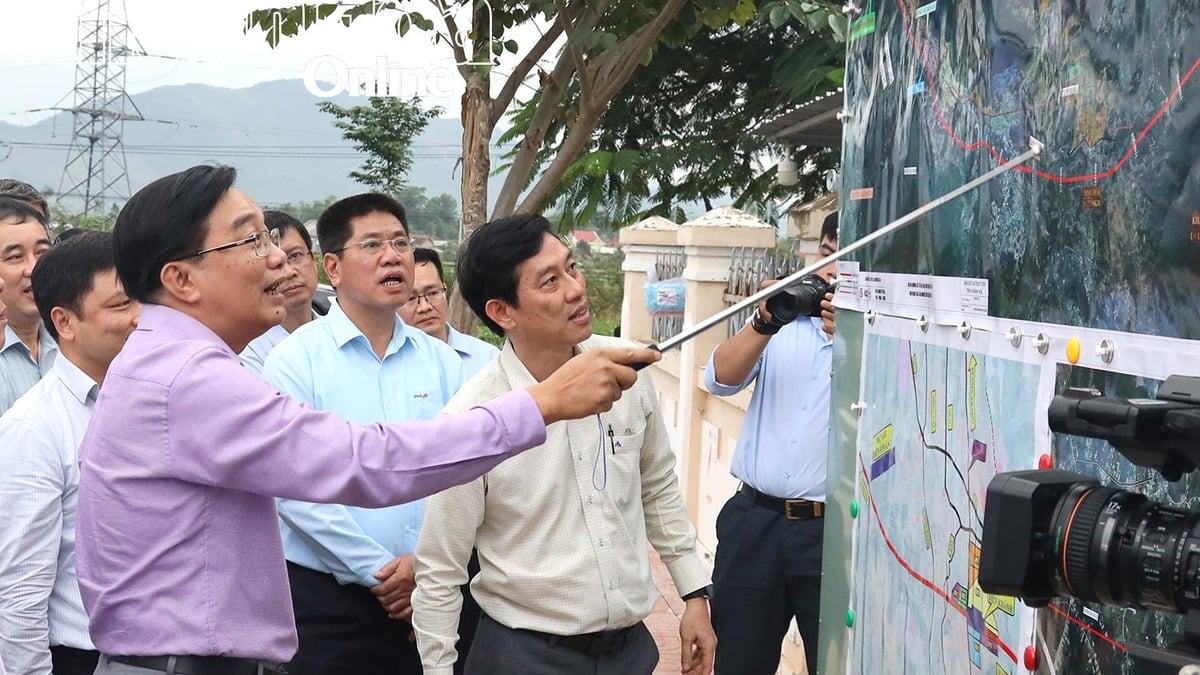

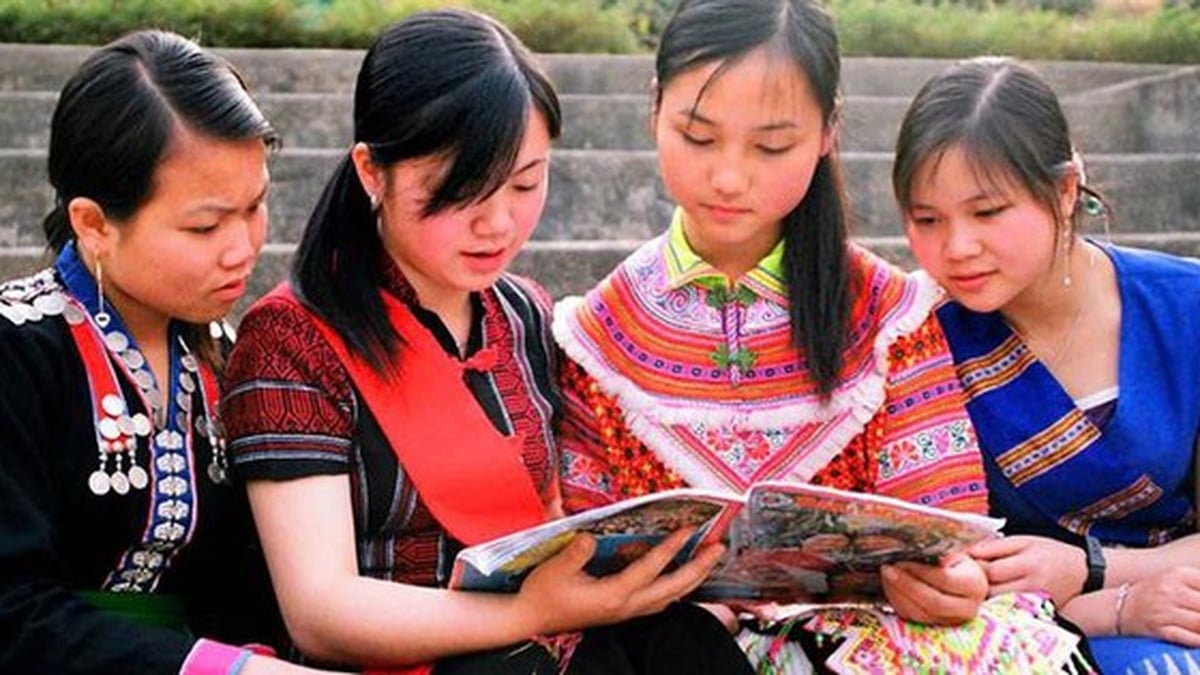

















![[Photo] National Assembly Chairman attends the seminar "Building and operating an international financial center and recommendations for Vietnam"](https://vphoto.vietnam.vn/thumb/1200x675/vietnam/resource/IMAGE/2025/7/28/76393436936e457db31ec84433289f72)






































































Comment (0)